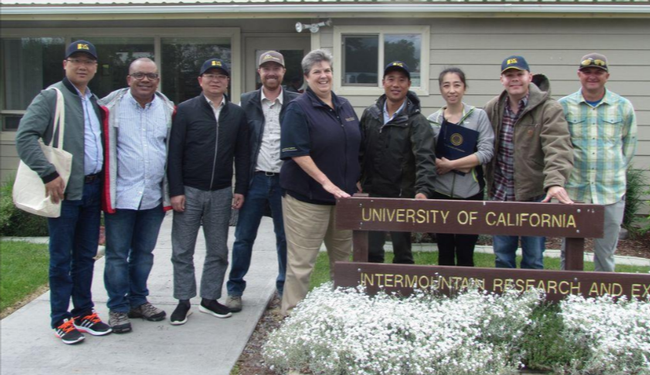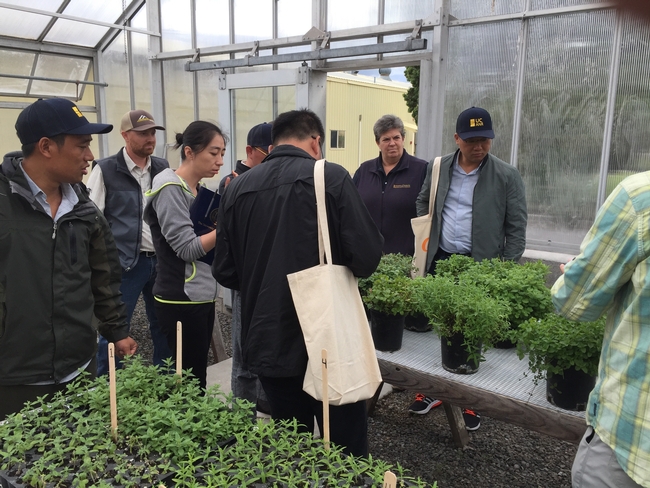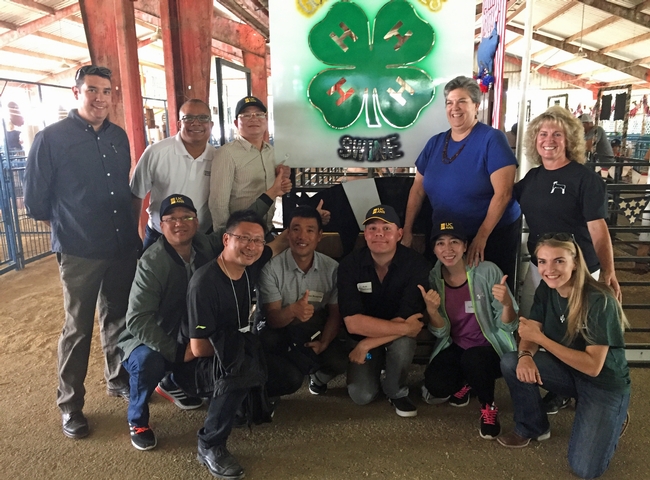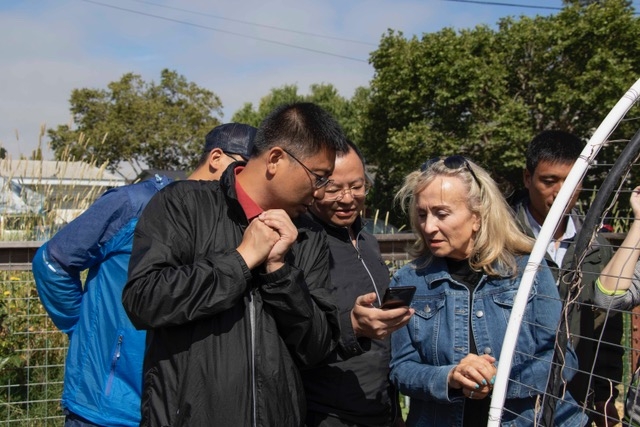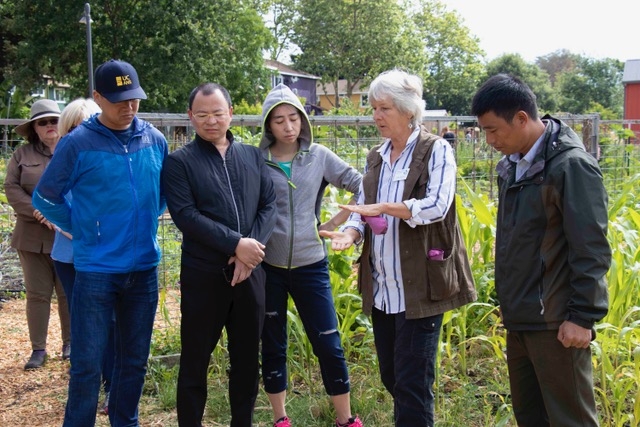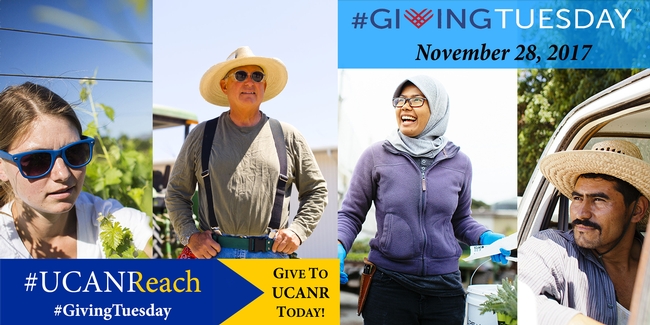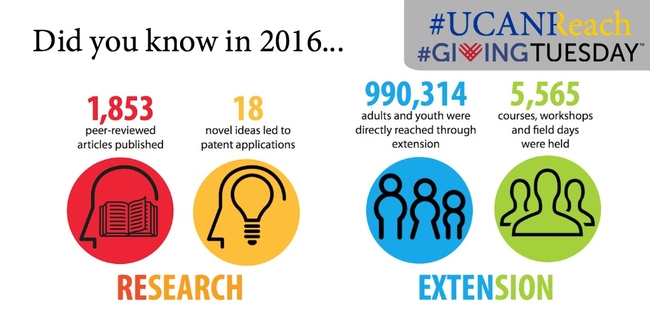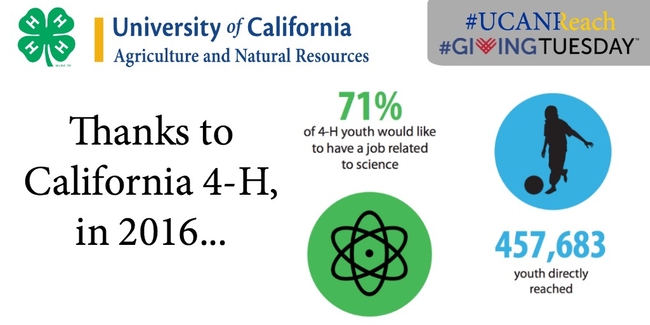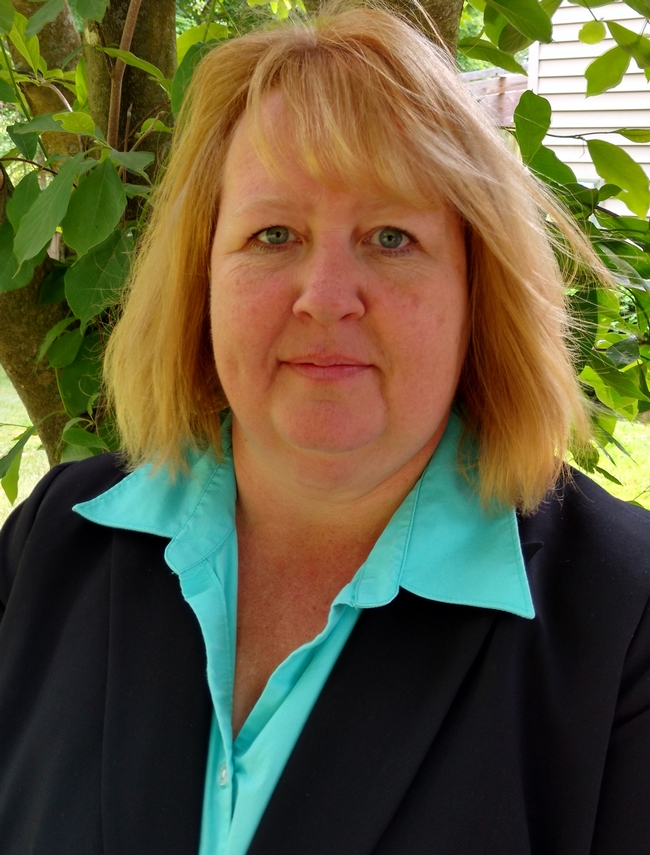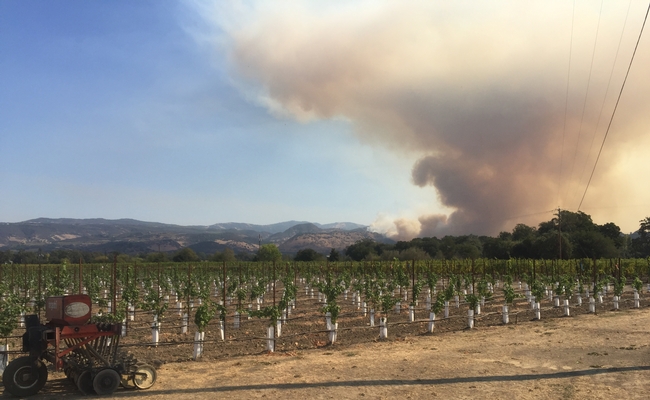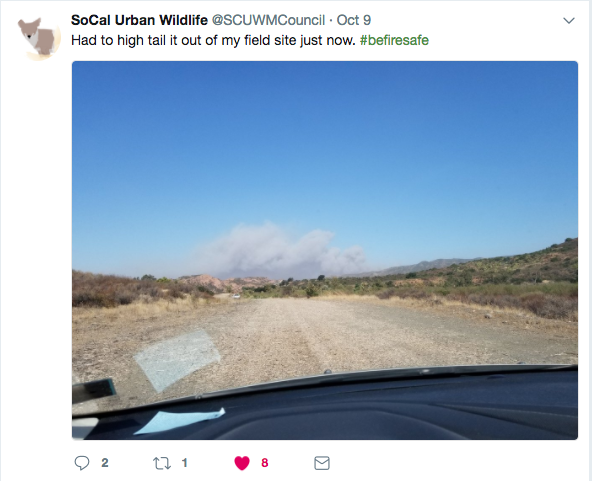Posts Tagged: Larry Forero
Chinese scientists tour California agriculture with UC ANR
To promote the exchange and sharing of agricultural extension information, several U.S. Land Grant institutions have formed an alliance with 10 Chinese agricultural universities. From June 17 to 22, UC ANR took a group of scientists from Chinese agricultural universities on a tour of agriculture in Northern California.
“The Chinese face many of the same issues that we do here in the U.S.,” said VP Glenda Humiston. “The Chinese universities want to improve rural economic development to lift up the quality of life for people in rural communities. They are also responding to global climate change, drought and pests while trying to improve food security and water use efficiency. They see UC Cooperative Extension as an effective research model; we hope that scientific collaborations will accelerate solutions and help maintain relations for California agriculture with China.”
The Chinese Extension Alliance Delegation included Song Hui, vice dean of the New Rural Development Research Institute of Northeast Agricultural University; Sun Wenpeng, professional extension personnel of Northeast Agricultural University; Luo Jian, associate professor of business at Hunan Agricultural University; He Minghui, associate professor of business at Hunan Agricultural University; and Li Peng, director of the Office of Invigorating Agriculture with Science and Education in the Department of Science and Technology.
The group toured Oregon agriculture with Oregon State University representatives, then drove from Klamath Falls with Humiston and Greg Gibbs and Rob Broadhurst of Development Services to begin the California tour at UC ANR's Intermountain Research and Extension Center in Tulelake. Rob Wilson, Intermountain REC director, showed them research being conducted on potatoes and mint breeding. From there, the group headed out to tour Shasta Dam.
In Redding, Larry Forero, UCCE director in Shasta County, and Rick Satomi, UCCE forest advisor, told the Chinese delegates about local research and outreach, then introduced them to 4-H youth and families at the Shasta District Fair, where 4-H members were bringing livestock for show.
UCCE advisors Josh Davy and Allan Fulton discussed orchards and water in Tehama County.
In Yuba City, UCCE director Janine Hasey and her staff gave the guests an overview of UCCE programs in Yuba and Sutter counties and plans for celebrating the office's 100th anniversary on Aug. 24. They met with UCCE pomology advisors, who gave them a tour of Sierra Gold Nurseries orchards and walnut rootstock research sites and discussed collaborations with growers.
Stephanie Larson, UCCE director in Sonoma County, drove the group around areas in Santa Rosa that burned in October and discussed UCCE's fire research and outreach to the community. The group also met with UCCE staff in Sonoma County to discuss food access, 4-H youth development, natural resources and wine grapes.
For a view of UC Cooperative Extension from the campus perspective, Mark Bell, vice provost of Strategic Initiatives and Statewide Programs, introduced the group to colleagues in the College of Agricultural & Environmental Sciences at UC Davis. They met with Mimi Rose, program coordinator for international programs; Martin Smith, UCCE specialist in the Department of Human Ecology; Ron Tjeerdema, associate dean for Environmental Sciences; Bruce Linquist, UCCE rice specialist; Jim Hill, emeritus UCCE specialist; and Louise Ferguson, UCCE specialist and founder of the Fruit and Nut Research and Information Center.
Anne Megaro, director of governmental and community relations, introduced the group to Gail Feenstra, deputy director and food systems coordinator of UC ANR's Sustainable Agriculture Research and Education Program, and Sonja Brodt, academic coordinator. Then they toured the Russell Ranch Sustainable Agriculture Facility with soil science post-doc Daoyuan Wang and the UC Davis Student Farm with its director Katharina Ullmann.
“They have extension in China, but it is not like ours,” said Megaro. “They are looking to strengthen their advisor positions and develop a mechanism for career advancement, similar to what we have in the U.S.”
The Chinese Extension Alliance Delegation wrapped up their tour at UC ANR's offices in Davis to learn about UC ANR's statewide programs. Jim Farrar discussed the Statewide Integrated Pest Management Program, Missy Gable described the Master Gardener Program, Shannon Horrillo talked about the 4-H youth development program, Greg Ira explained California Naturalist; and Katie Panarella covered the Nutrition, Family and Consumer Sciences, Expanded Food Nutrition Education (EFNEP) and Master Food Preserver programs.
Humiston, who met with the China-US University-based Agricultural Extension Alliance in China in March of 2017, said, “We look forward to collaborating with our agricultural extension colleagues in China.”
See more photos of the tour at https://www.flickr.com/gp/151501801@N07/YVBqk6.
ANR launches third annual Giving Tuesday Nov. 28
On Nov. 28, ANR will again participate in #GivingTuesday, a global day of giving, powered by our social networks. Celebrated on the Tuesday after Thanksgiving, #GivingTuesday kicks off the charitable season. For ANR, Giving Tuesday is an opportunity to raise funds for UC Cooperative Extension county programs, research and extension centers and statewide programs. As a result of the ongoing effects of the drought, recent wildfires and persistent pockets of poverty, California's needs in the coming year will be great, and year-end giving is an opportunity for donors to assist.
“UC Cooperative Extension professionals have a deep passion for their work and a dedication to the communities they serve. While most deliver their research and programs quietly every day, it is especially incredible to witness their response to disaster; for example, recent wildfires saw local UCCE offices responding immediately with vital information for coping with the fires, care for livestock and pets, as well as service in food banks and other volunteer needs,” said VP Glenda Humiston.
UC Cooperative Extension staff and 4-H members helped rescue livestock in Sonoma County as people evacuated. The UC Master Gardener Program connected volunteers throughout the state who wanted to provide relief to the 17 UC Master Gardener volunteers who lost their homes in Solano County.
“UC Master Gardener volunteers are true to their generous nature and have offered tremendous support to fellow volunteers who have lost homes in the fires. With compassionate hearts, they have offered lodging, supplies and words of support,” said Missy Gable, UC Master Gardener Program director. “In the future, we will look to replant what was lost and find healing in the care and establishment of new landscapes and wild spaces.”
“Giving Tuesday gives us an opportunity to talk about our research and outreach to enhance food systems and create thriving communities, as well as all the other positive things everyone in ANR is doing to make life better for Californians,” Humiston said.
For UC ANR stakeholders, Giving Tuesday presents an opportunity to support the many programs and services that strengthen California communities each day and more importantly, during times of crisis. Last year, over $64,000 was raised on Giving Tuesday to support UC ANR programs including the 4-H Youth Development Program and UC Master Gardener Program.
“Last year, the 4-H Foundation recorded a 430 percent increase in donations over the previous fiscal year, raising over $30,000 in one day from 37 counties!” said Mary Ciricillo, director of annual giving for UC ANR. This was due in large part to a match challenge from an anonymous donor.
“This year, I'm excited to share that we will have two match challenge funds. One supporting the California 4-H Foundation and one for all UC ANR.” said Ciricillo.
A website is being created with links to all of ANR's programs, Research and Extension Centers and UCCE offices: ucanr.edu/givingtuesday. It invites donors to designate programs or locations to which they wish to donate.
As of Nov. 1, the website will contain a toolkit for county offices and programs to participate. It will include:
- A customizable letter to send to stakeholders
- Templates for “unselfies.” Donors may take photos of themselves holding an unselfie sign and share on social media how they are giving.
- Sample tweets and social media posts
- Sample thank you note
The UC Master Gardener Giving Tuesday website is at http://mg.ucanr.edu/givingtuesday.
The 4-H Youth Development Program also has its own website at http://4h.ucanr.edu/GivingTuesday. Last year, 4-H programs in 17 California counties participated.
Although not as well-known as the shopping events Black Friday and Cyber Monday, #GivingTuesday appeals to people who are swept up in the spirit of giving at the end of the year.
This year Development Services has set a goal of collecting a total of $60,000 for 4-H and UC ANR from 300 or more donors on Giving Tuesday. Last year UC ANR and 4-H received 224 gifts.
“The #GivingTuesday campaign is a fun way for people in all ANR programs to supplement their funding with private donations,” said Andrea Ambrose, acting director, UC ANR Development Services.
Grateful for the feedback on condition changes
Thanks so much to all of the Program Team Leaders and members, the Statewide Program Directors and the Strategic Initiative Leaders for the hard work they completed to review and improve upon our divisionwide condition changes. The timeline was short; it's never long enough, the timing was poor; end of summer is not a good time to pull people together, and the work was a challenge; something new for UC ANR to do this at a division level, but they did a tremendous job and really stuck it out despite the challenges!
These groups have submitted their ideas for condition changes to be coded into Project Board. Katherine Webb-Martinez, Mark Bell and I have reviewed the recommendations and compared the proposed variations for the original 19 that were proposed by multiple groups as well as new condition changes that were recommended. The recommended changes were not drastically different from the original, but changes were proposed and adopted with the final list is now a bit longer, but still manageable. The next step is for a group of 12 self-identified Program Team Leaders, SI Leaders, Statewide Program and Institute Directors to work together and, using this new list plus the 2025 Strategic Vision, revise the Public Values Statements drafted back in May. I so appreciate those that have stepped up to continue this work process – not surprising given the commitment and leadership ingrained in so many across UC ANR!
I suspect this iterative process of drafting and revising is a bit frustrating for many but, as we use this information to convey the importance of your work to those who don't know us and we seek to find increased support for your work, it is important to put forth compelling Public Value Statements and be able to ‘bucket' our impacts so that the stories behind the condition changes are readily available to share with decision-makers, prospective funders, and each other. These benefits are above and beyond that which comes from aligning our work with the 2025 Strategic Vision in order to position ourselves to achieve the Vision and support our achievement with stories of how we have made a difference, even to those who don't know us. So THANK YOU to all for the commitment to the process and the enthusiasm you've demonstrated for continuing excellence in UC ANR!
Along the lines of “identify the performance objectives and then determine the design” that I have talked about previously, I've been thinking about the upcoming 2018 Position Call. Program Council has discussed the process a few times and soon we will need to have that nailed down. Below are what I believe to be the key attributes of the ideal process:
- Considers needs/gaps across the state and across program areas
- Engages clientele/stakeholders in the need identification process
- Seeks input from all UC ANR academics
- Builds recognition of needs across program areas through a collaborative process
- Results in decisions that reflect ‘hearing' academics, partners, stakeholders
- Makes it easy for Program Council to recognize high priority positions
What am I missing? Thanks in advance for your feedback!
[This article was originally published Oct. 24 in the ANR Adventures blog at //ucanr.edu/blogs/blogcore/postdetail.cfm?postnum=25473.]
Nov. 6 deadline to apply for SI leader positions
Nov. 6 is the last day for ANR academics to apply for one of the open Strategic Initiative leader positions.
Three SI leader positions are scheduled to rotate off, opening up opportunities for other ANR academics to take the lead for Endemic and Invasive Pests and Diseases, Sustainable Food Systems and Sustainable Natural Resources.
The SI leaders play key roles in advocating, convening and communicating to strengthen UC ANR's research and outreach agenda. Given the evolving role of the UC ANR Strategic Initiatives (SI), the current SI leaders have agreed that it would be beneficial to conduct an open search for the next set of SI leaders from across the breadth of expertise of the division.
Strategic Initiative leader positions are appointed by the vice president on a rotating basis for three years, with a possibility of extension. The positions are open to all ANR academics, including Agricultural Experiment Station faculty and Cooperative Extension advisors and specialists.
Endemic and Invasive Pests and Diseases is currently led by Cheryl Wilen, David Doll leads Sustainable Food Systems, and John Harper leads Sustainable Natural Resources. Doug Parker, who leads Water Quality, Quantity and Security, and Keith Nathaniel, who leads Healthy Families and Communities will continue to serve in those SI leader positions.
To apply for one of the SI leader positions, complete the form at http://ucanr.edu/survey/survey.cfm?surveynumber=21548. Applications will be accepted until Nov. 6.
Applicants will be contacted for interviews in late November or early December. The new leaders are anticipated to start on Jan. 2, 2018.
For information regarding the roles and responsibilities of the Strategic Initiative leader position, see the Terms of Reference for Strategic Initiative Leaders. If you have questions, contact Mark Bell, vice provost of Strategic Initiatives and Statewide Programs.
UCCE spared by October wildfires
California will be dealing with the effects of the October 2017 wildfires for years to come. The Northern California wildfires that ignited Oct. 8 grew into urban conflagrations and burned for days, killing 43 people and destroying at least 8,400 structures.
In Southern California, Niamh Quinn, UC Cooperative Extension human-wildlife advisor, tweeted a photo after outrunning the Canyon Fire 2, which burned over 9,000 acres and destroyed 25 structures.
Brian Oatman, director of Risk & Safety Services, contacted UC Cooperative Extension employees in Sonoma, Napa, Marin, Mendocino, Lake, Butte, Sutter, Yuba and Orange counties and at the Hopland, Sierra Foothill and South Coast research and extension centers.
On Oct. 10, Oatman sent an email to the ANR community giving a status report on the UC ANR offices in the fire zones, saying, “We have heard that all employees are safe.” He added, “In many counties, staff know of 4-H or Master Gardener families who have lost homes or suffered damage.”
In Solano County, 17 UC Master Gardener volunteers, maybe more, lost their homes in the fires. The UC Master Gardener Program quickly set up an online form to connect Master Gardener volunteers throughout the state who wanted to offer lodging, supplies and words of support to fellow volunteers impacted by the fires.
In Sonoma County, UC Cooperative Extension staff and 4-H members helped rescue livestock.
ANR suffered no significant property damage, but some offices closed due to local evacuation orders.
Kaan Kurtural, UC Cooperative Extension viticulture specialist based in Oakville, said the viticulture research station went without electricity for 16 days. They brought in generators from UC Davis.
To help evacuated Californians who returned to their homes recover from fires, Strategic Communications created a story map with links to UCCE county resources.
News reporters sought out several UC ANR experts to explain why the wildfires spread so quickly and burned so intensely and how the fires would affect agriculture. See the ANR News blog for the monthly news roundup for October.
If you would like volunteer or donate to fire recovery efforts, check with local food banks or organizations such as Sonoma County Recovers to find out what is needed. If you would like to contribute to UC Master Gardener volunteers who are in need, you can fill out a survey that was created to connect resources with the affected volunteers: ucanr.edu/mgrelief.

